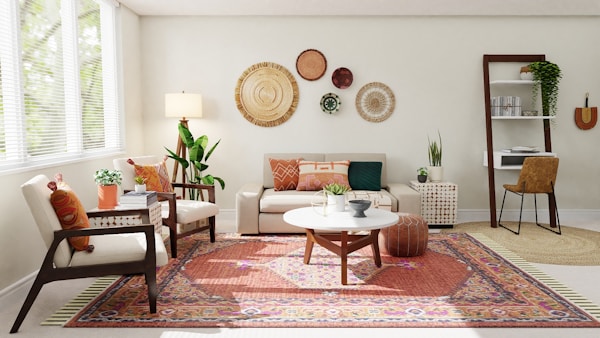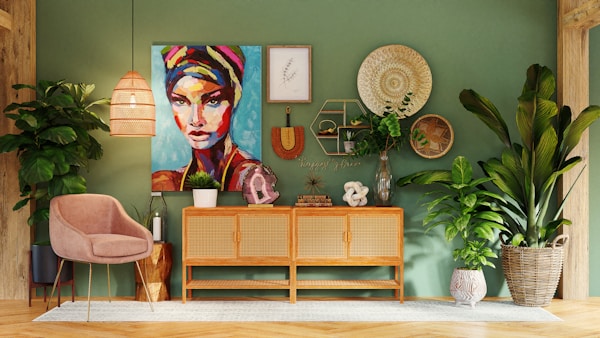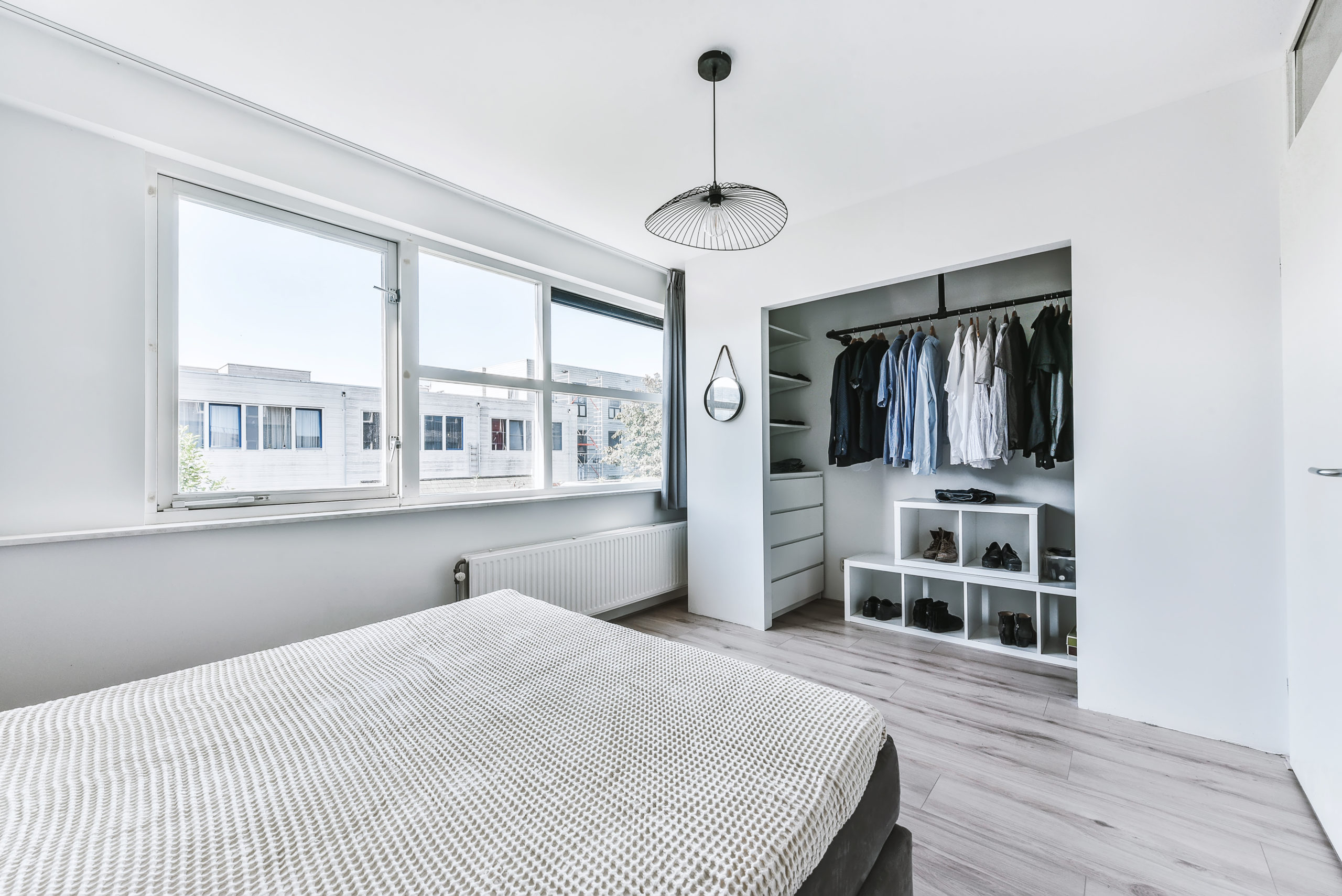There are many different types of interior designers, but there are some common traits among those who love interior design. Whether they are planning a Grand Rapids basement remodel or a London apartment redo, they have an eye for detail, a passion for creating beautiful spaces, and a desire to make a difference in the world. Keep reading to learn more about the common traits of those who love interior design.
A Good Eye for Color

There’s no doubt about it—interior designers have a good eye for color. After all, it’s their job to create beautiful and harmonious spaces using color and other design elements. But what is it about interior designers that allow them to have such a keen eye for color? Interior designers often have a good sense of color theory. This is the study of how colors can be used to create certain moods and emotions. By understanding color theory, interior designers can create color schemes that are not only beautiful but also emotionally appealing. So, if you’re looking for someone with a good eye for color, you should definitely consider hiring an interior designer, and if you want to determine if your traits align with designers, be sure to upload DNA raw data for DNA testing and analysis.
Strong Attention to Detail
There is no doubt that interior designers have strong attention to detail. This is what allows them to create beautiful, cohesive, and functional spaces. By paying close attention to even the smallest details, they are able to achieve a look that is both polished and professional. One of the key elements of good design is creating a sense of unity throughout the space. This is accomplished by using similar colors, textures, and shapes throughout the room. By taking the time to carefully plan each detail, the designer can ensure that the space flows together seamlessly. Another important aspect of good design is functionality. The designer must always keep in mind how the space will be used and make sure that it is optimized for the intended purpose. This may involve creating specific areas for storage, seating, or work. By paying close attention to detail, the designer can create a space that is both beautiful and functional.
High Emotionality

There’s no question that interior designers have high emotionality. They’re the professionals who work with spaces that people live and work in, and they often need to be able to connect with their clients on an emotional level in order to get the most accurate sense of what they want. Interior designers need to be able to see the potential in a space and be able to communicate that to their clients, and they also need to be able to understand and respond to the emotions that their clients are feeling. This high emotionality can be a real asset in the interior design process. It can help interior designers to connect with their clients and to get a better sense of their needs and desires. It can also help them to create spaces that are more emotionally satisfying for their clients. And finally, it can help them to create spaces that are more functionally efficient and that better meet the needs of their clients.
Creativity
Creativity is one of the most important traits of an interior designer. It is what allows them to see potential in any space and come up with creative solutions for any design challenge. Creativity is what helps them to create beautiful and unique spaces that are personalized for their clients. It is what allows them to be truly innovative and imaginative in their work. Creativity is also what allows interior designers to be constantly evolving and learning new things. They are always looking for new ideas and inspiration, and they are constantly expanding their knowledge of design principles and theories. This enables them to create fresh and innovative designs that are always on trend.
Overall, interior design is important to many people because it can make a space feel like home. Common traits among those who love interior design are that they have an appreciation for beauty and color, they are creative, and they have high emotionality. Overall, these traits help people create a space that is both aesthetically pleasing and functional.

